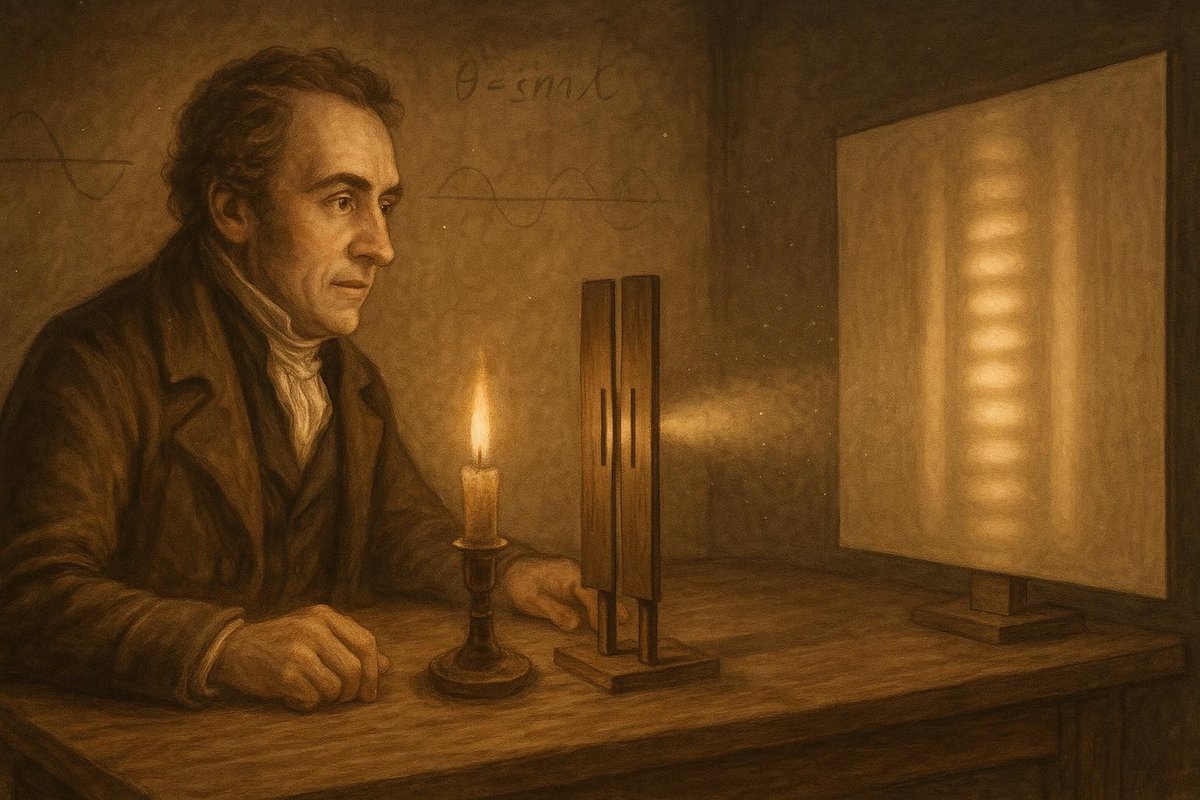
A Quantum Riddle: How Light Behaves
Have you ever wondered why light sometimes behaves like a wave and other times like a particle? This puzzling duality baffled scientists for centuries, and it wasn’t until the early 20th century that a groundbreaking experiment shed light on this mystery. The double-slit experiment, devised by physicists to unlock the secrets of quantum mechanics, revealed the perplexing nature of wave-particle duality. This experiment reshaped our understanding of matter at the most fundamental level.
The Problem Context: Unanswered Questions in Physics
Before the double-slit experiment, classical physics struggled to explain phenomena occurring at atomic and subatomic scales. Newtonian mechanics worked well for macroscopic objects, but when it came to electrons or photons, these laws fell short. The wave theory of light, proposed by Christiaan Huygens in the 17th century, suggested that light behaved as a wave. However, experiments by Isaac Newton implied it acted like particles. How could light be both?
- Electromagnetic theory: Light as a wave (Huygens).
- Particle theory: Light as particles (Newton).
- The paradox intensified with discoveries in the late 19th and early 20th centuries, such as Max Planck’s quantum theory.
As scientific inquiry advanced, the need to resolve these contradictions became more pressing. The double-slit experiment was poised to address this conundrum.
Theoretical Breakthrough: Designing the Double-Slit Experiment
In 1801, Thomas Young conducted an experiment that would lay the foundation for understanding wave-particle duality. Young’s double-slit experiment involved passing light through two narrow slits, projecting an interference pattern on a screen, much like ripples in a pond. This suggested wave-like behavior.
- Young’s setup: A light source, two slits, and a screen.
- Observed pattern: Alternating bright and dark bands (interference).
- Wave interference: A phenomenon where waves reinforce or cancel each other.
Yet, as quantum theory developed, physicists like Albert Einstein and Niels Bohr debated light’s dual nature. Einstein’s photoelectric effect suggested light as particles, while Bohr’s complementarity principle allowed both descriptions to coexist. The double-slit experiment proved crucial in exploring these ideas.
Supporting Evidence: Experiments and Observations
Fast forward to the 20th century, where the experiment was adapted to test particles like electrons. The results were astounding. When observed through one slit, electrons acted like particles. But through two slits, an interference pattern emerged as if they behaved like waves.
- Electron behavior: As waves or particles, depending on observation.
- Measurement problem: The act of observing influenced outcomes.
- Niels Bohr’s insight: The uncertainty principle and observer effect.
This duality defied classical intuition. As Richard Feynman famously said, it’s “the only mystery” of quantum mechanics. The experiment demonstrated how the observer could alter reality, a notion deeply counterintuitive yet fundamentally true in quantum physics.
Modern Relevance: Quantum Mechanics in Today’s World
Today, the principles revealed by the double-slit experiment are at the heart of technological advancements. Quantum mechanics underpins the semiconductor technology driving our computers and the developing field of quantum computing which promises revolutionary computing power.
- Quantum computing: Exploiting superposition and entanglement.
- Semiconductors: Utilizing quantum behavior to control electron flow.
- Philosophical implications: Questions about reality and observation.
As quantum mechanics continues to evolve, its principles challenge our perception of reality. The double-slit experiment remains a cornerstone for physicists, reminding us that observation is not just a passive act but an interactive process shaping the very fabric of reality.
Reflecting on the double-slit experiment, we are reminded of the power of curiosity and the pursuit of knowledge. It challenges us to embrace uncertainty and explore the world with open minds. As quantum theories develop, this mindset is ever more relevant, encouraging us to continuously question and learn.
Fuel Someone Else’s Curiosity
Want to spark a conversation or inspire a friend to learn more about quantum mysteries? Share this story and ignite their curiosity. Quantum mechanics may seem complex, but understanding its origins allows us all to appreciate the beauty of the universe’s most enigmatic phenomena.

Leave a Reply